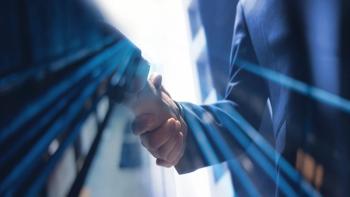
Academic Medical Centers as Study Sites: Tips for Success
Academic Medical Centers are highly sought-after research study sites, for four primary reasons: the prestige of the institution and its investigators, the sponsors’ desire to cultivate key opinion leaders in a particular medical field, the accessibility of a larger metropolitan area, and the large pool of potential patients available to participate in research. Despite their caché, Academic Medical Centers (AMCs) pose a unique set of challenges for sponsors of clinical trials.
First, as any CRO or sponsor who has worked with an AMC can attest, the layers of review and its attendant impact on pace can delay study start-up by many months. The internal approval process tends to be a labyrinth of sequential, not parallel, department reviews and comments. If one department has a concern or question, the protocol can be held up until the issue is resolved; the other departments along the approval chain do not have the opportunity to review until the previous department has completed its review. Collaboration between departments is often tricky because of the structure of the center with silos between departmental budgets and personnel.
Second, sponsors are sometimes surprised by the slower pace of study enrollment at AMCs. Why is this? The investigator is often a luminary in their field, and is likely engaged in multiple trials, including ones that are investigator-sponsored, which may take a higher priority. AMCs are generally running multiple trials simultaneously, and if a protocol has limiting inclusion criteria (such as “previously untreated patients”), then those patients may be referred to other trials first. Furthermore, if a study does not speak to an AMC’s sweet spot (i.e., not a therapeutic area of focus for the center), then resources may be limited to support the study, thereby impacting enrollment.
Intellectual property (IP) issues are the third area of complexity when dealing with AMCs. These centers have an affiliation with a university with its own legal counsel, and discussions pertaining to IP can become protracted. Because many biotech and pharma discoveries were first identified in university labs and settings, AMCs are highly sensitized to IP rights and may require detailed and rigorous review of study documentation.
In addition to understanding these unique challenges, here are several tips that may be useful in working successfully with an AMC:
- Ensure that the protocol is a good fit for the investigator. Are they interested in the research being conducted? Are the inclusion/exclusion criteria a good match for their patient pool? Are there competing trials that may siphon patients?
- Ensure the investigators’ availability to be involved in the trial. Is the investigator on site and seeing patients regularly? Or do they travel constantly and rarely see patients? Is their study coordinator able to run the trial effectively in their absence?
- If a CRO is being utilized, be sure that the team has experience with AMCs and can navigate the system effectively. Ask for case studies and request an experienced team.
- Establish expectations that are realistic. Determine from the institution/investigator the anticipated timeframe for review. Understand their historical enrollment numbers and discuss barriers to recruitment and retention.
- Don’t be afraid to interview the site staff before engaging them formally in the study. Initiate contact with the AMC’s office of clinical research and go from there.
- Consider outsourcing to organizations that are experienced working with AMCs, and can navigate time-consuming yet critical activities, such as: independent institutional review board services, contract and budget negotiations, and internal audits.
These points of caution are intended to educate—not dissuade—sponsors in using AMCs as investigative sites. Entering the process with eyes-wide-open helps inform the study strategy and develop a realistic timeline for enrollment. AMCs are typically aware of the aforementioned issues and want to be good research partners. They continue to be a beacon of research and healthcare in this country, and clinical trials run at these centers are better for it.
Kimberly Irvine (
Newsletter
Stay current in clinical research with Applied Clinical Trials, providing expert insights, regulatory updates, and practical strategies for successful clinical trial design and execution.




